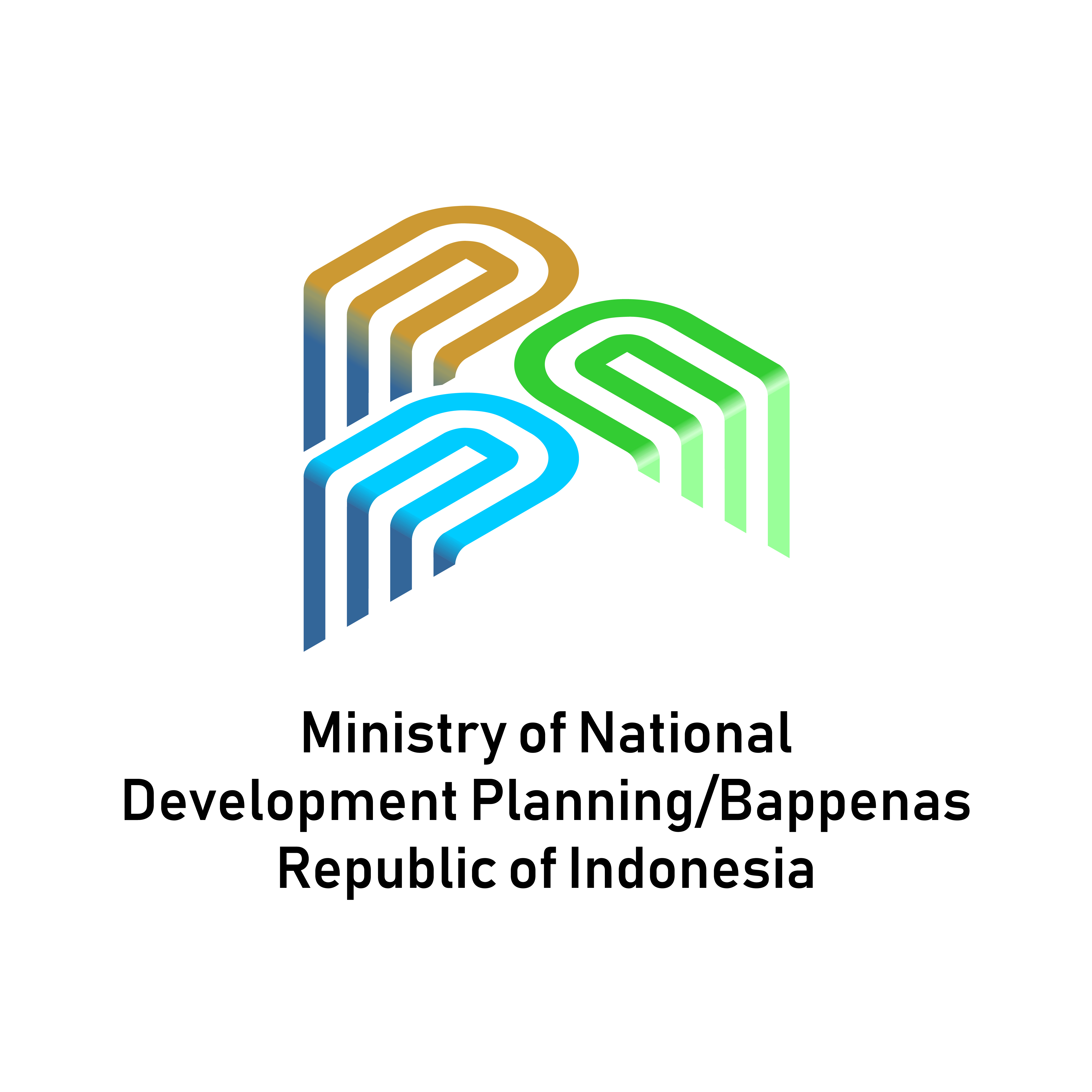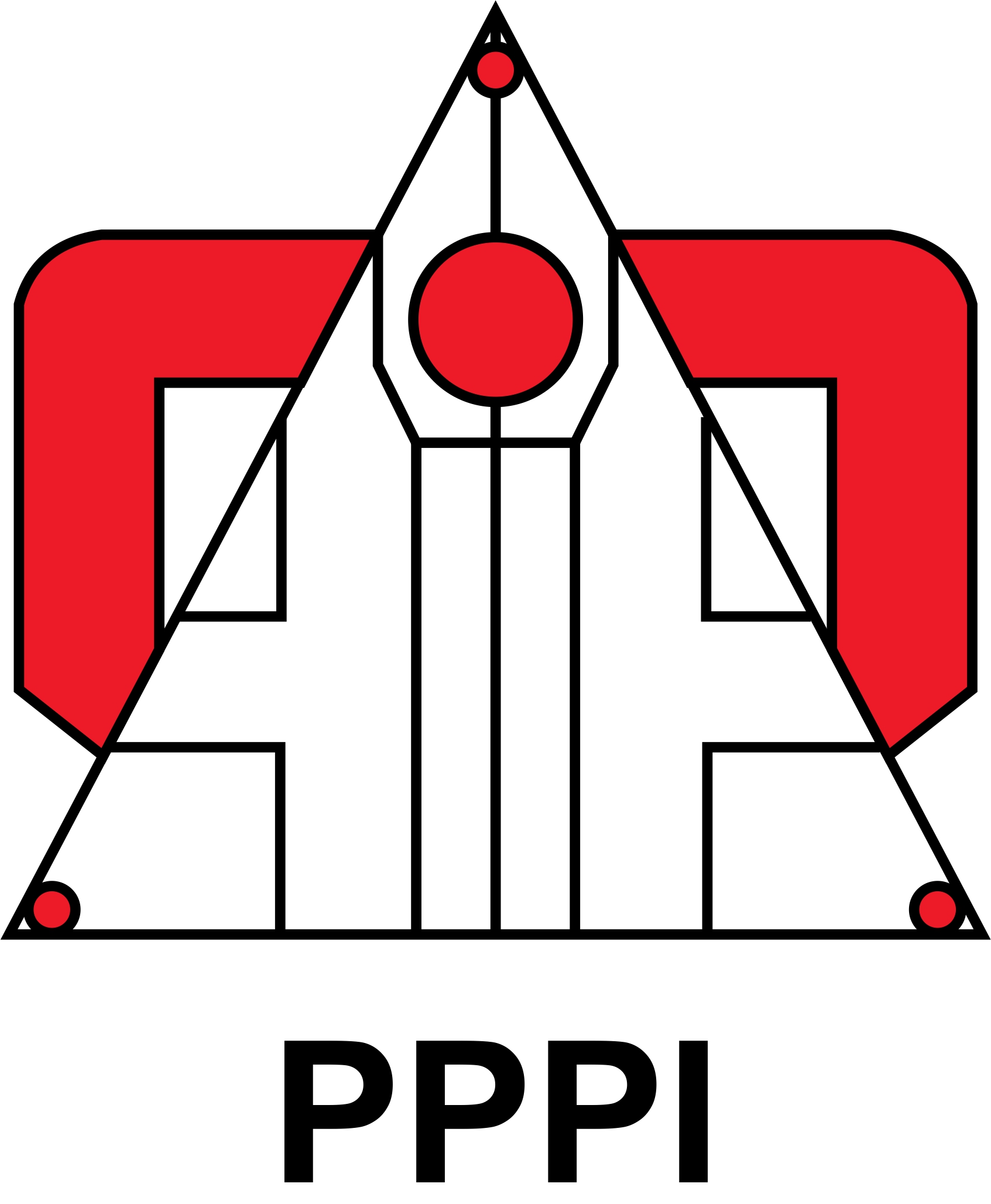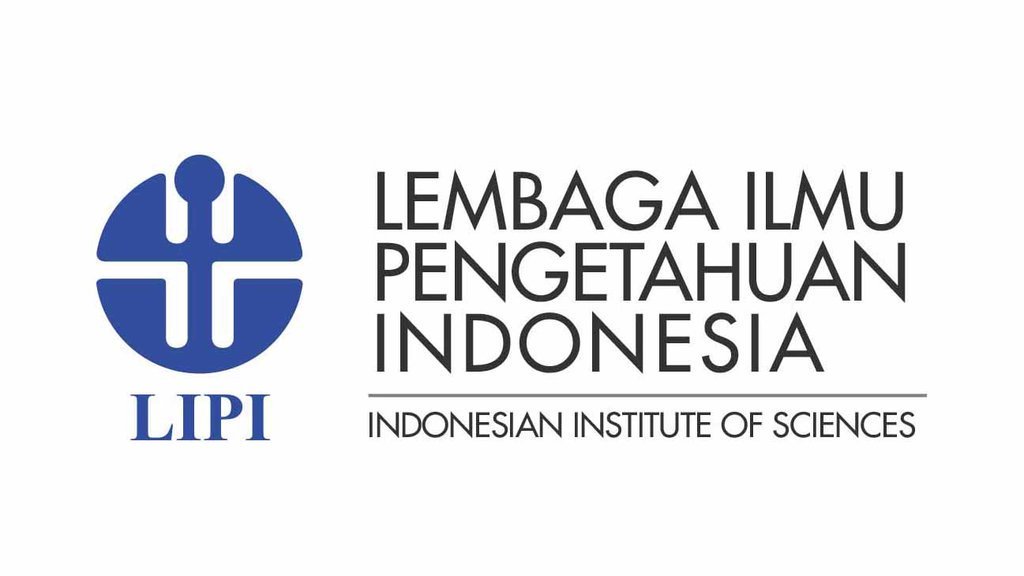Interregional Disparity and Spatial Autocorrelation of Access to Water and Sanitation in Indonesia
DOI:
https://doi.org/10.36574/jpp.v5i3.233Keywords:
Water, sanitation, access inequality, spatial analysis, spatial associationAbstract
This study investigates the interregional district-level inequalities and the spatial associations of household access to sustainable water and sanitation in Indonesia between 2004 and 2018. The findings show that although the gap of household access to water and sanitation declined over years, the disparities among districts in Indonesia kept persisting. Related to proliferation, the access in the districts that never separated is higher than in others. Furthermore, this study also confirms the presence of spatial cluster/outlier of accesses, although it remains very weak. The majority of districts with high access are clustered in the western part of Indonesia, especially in Java island. At the same time, in the mountainous areas of Papua island and some districts in Sumatera island where forest land has been degraded into plantation and mining areas have relatively low access for years. These left-behind districts need government attention and support in order to provide more equitable access to water and sanitation for the people.
Downloads
References
Afifah, T., Tetty, M., Anwar, D., & Schlotheuber, A. (2018). Subnational regional inequality in access to improved drinking water and sanitation in Indonesia?: results from the 2015 Indonesian National Socioeconomic Survey ( SUSENAS ). 11, 31–40.
Alankar. (2013). Socio-Spatial Situatedness and Access to Water. Economic and Political Weekly, 48(41), 46–54. Retrieved from https://www.jstor.org/stable/23528438
Anselin, L. (1995). Local Indicators of Spatial Association—LISA. Geographical Analysis, 27(2), 93-115.
ASEAN. (2017). ASEAN Statistical Report on Millennium Development Goals 2017. Jakarta: The ASEAN Secretariat.
Cameron, L., Olivia, S., & Shah, M. (2019). Scaling up sanitation: Evidence from an RCT in Indonesia. Journal of Development Economics, 138(November 2018), 1–16. https://doi.org/10.1016/j.jdeveco.2018.12.001
Chaudhuri, S., & Roy, M. (2017). Rural-urban spatial inequality in water and sanitation facilities in India: A cross-sectional study from household to national level. Applied Geography, 85, 27–38. https://doi.org/10.1016/j.apgeog.2017.05.003
Cohen, A., & Sullivan, C. A. (2010). Water and poverty in rural China: Developing an instrument to assess the multiple dimensions of water and poverty. Ecological Economics, 69(5), 999–1009. https://doi.org/10.1016/j.ecolecon.2010.01.004
Deshpande, A., Miller-Petrie, M. K., Lindstedt, P. A., Baumann, M. M., Johnson, K. B., Blacker, B. F., … Reiner, R. C. (2020). Mapping geographical inequalities in access to drinking water and sanitation facilities in low-income and middle-income countries, 2000-17. The Lancet Global Health, 8(9), e1162–e1185. https://doi.org/10.1016/S2214-109X(20)30278-3
Headey, D., & Palloni, G. (2019). Water, Sanitation, and Child Health: Evidence From Subnational Panel Data in 59 Countries. Demography, 56(2), 729–752. https://doi.org/10.1007/s13524-019-00760-y
Irianti, S., Prasetyoputra, P., & Sasimartoyo, T. P. (2016). Determinants of household drinking-water source in Indonesia: An analysis of the 2007 Indonesian family life survey. Cogent Medicine, 3(1), 1151143. https://doi.org/10.1080/2331205x.2016.1151143
Jemmali, H., & Sullivan, C. A. (2014). Multidimensional Analysis of Water Poverty in MENA Region: An Empirical Comparison with Physical Indicators. Social Indicators Research, 115(1), 253–277. Retrieved from https://www.jstor.org/stable/24720226
Jia, P., Anderson, J. D., Leitner, M., & Rheingans, R. (2016). High-resolution spatial distribution and estimation of access to improved sanitation in Kenya. PLoS ONE, 11(7), 1–22. https://doi.org/10.1371/journal.pone.0158490
Komarulzaman, A., Smits, J., & de Jong, E. (2017). Clean water, sanitation and diarrhoea in Indonesia: Effects of household and community factors. Global Public Health, 12(9), 1141–1155. https://doi.org/10.1080/17441692.2015.1127985
Kurniawan, H., de Groot, H. L. F., & Mulder, P. (2019). Are poor provinces catching?up the rich provinces in Indonesia? Regional Science Policy & Practice, 11(1), 89–108. https://doi.org/10.1111/rsp3.12160
Lewis, B. D. (2017). Does local government proliferation improve public service delivery? Evidence from Indonesia. Journal of Urban Affairs, 39(8), 1047–1065. https://doi.org/10.1080/07352166.2017.1323544
Luby, S. P., Rahman, M., Arnold, B. F., Unicomb, L., Ashraf, S., Winch, P. J., … Colford, J. M. (2018). Effects of water quality, sanitation, handwashing, and nutritional interventions on diarrhoea and child growth in rural Bangladesh: a cluster randomised controlled trial. The Lancet Global Health, 6(3), e302–e315. https://doi.org/10.1016/S2214-109X(17)30490-4
Malakar, K., & Mishra, T. (2017). Application of Gini, Theil and concentration indices for assessing water use inequality. International Journal of Social Economics, 44(10), 1335–1347. https://doi.org/10.1108/IJSE-01-2016-0017
Ministry of Public Works and Housing. (2019). Buku Kinerja BUMD Penyelenggaran SPAM 2019 [Local-owned Water Company Performance Book 2019]. Jakarta. Retrieved from http://sim.ciptakarya.pu.go.id/bppspam/download/337
Morales-Novelo, J. A., Rodríguez-Tapia, L., & Revollo-Fernández, D. A. (2018). Inequality in access to drinkingwater and subsidies between low and high income households in Mexico City. Water (Switzerland), 10(8), 1–16. https://doi.org/10.3390/w10081023
Morelli, S., & Thompson, J. (2015). Handbook of Income Distribution. Elsevier.
Patunru, A. A. (2015). Access to safe drinking water and sanitation in Indonesia. Asia and the Pacific Policy Studies, 2(2), 234–244. https://doi.org/10.1002/app5.81
Prüss-Ustün, A., Wolf, J., Bartram, J., Clasen, T., Cumming, O., Freeman, M. C., … Johnston, R. (2019). Burden of disease from inadequate water, sanitation and hygiene for selected adverse health outcomes: An updated analysis with a focus on low- and middle-income countries. International Journal of Hygiene and Environmental Health, 222(5), 765–777. https://doi.org/10.1016/j.ijheh.2019.05.004
Radosavljevic, S., Haider, L. J., Lade, S. J., & Schlüter, M. (2020). Effective alleviation of rural poverty depends on the interplay between productivity, nutrients, water and soil quality. Ecological Economics, 169(July 2019), 106494. https://doi.org/10.1016/j.ecolecon.2019.106494
Saroj, S. K., Goli, S., Rana, M. J., & Choudhary, B. K. (2020). Availability, accessibility, and inequalities of water, sanitation, and hygiene (WASH) services in Indian metro cities. Sustainable Cities and Society, 54(September 2019), 101878. https://doi.org/10.1016/j.scs.2019.101878
Sinha, A., & Rastogi, S. K. (2020). Inequality in Access to Improved Water Source?: A Regional Analysis by Theil Index. In MPRA Working Paper.
Sullivan, C. (2002). Calculating a Water Poverty Index. World Development, 30(7), 1195–1210.
UNDP. (2019). Human Development Indices and Indicators 2018 Statistical Update. New York: UNDP.
Wang, X. J., Zhang, J. Y., Shahid, S., ElMahdi, A., He, R. M., Wang, X. G., & Ali, M. (2012). Gini coefficient to assess equity in domestic water supply in the Yellow River. Mitigation and Adaptation Strategies for Global Change, 17(1), 65–75. https://doi.org/10.1007/s11027-011-9309-7
Downloads
Published
How to Cite
Issue
Section
License
This is an open-access article distributed under the terms of the Creative Commons Attribution-NonCommercial-ShareAlike 4.0 International License. Copyright © Kementerian PPN/Bappenas RI


















